NASA releases UFO report, says new science techniques needed to better understand them
Thursday, 14 September 2023 13:39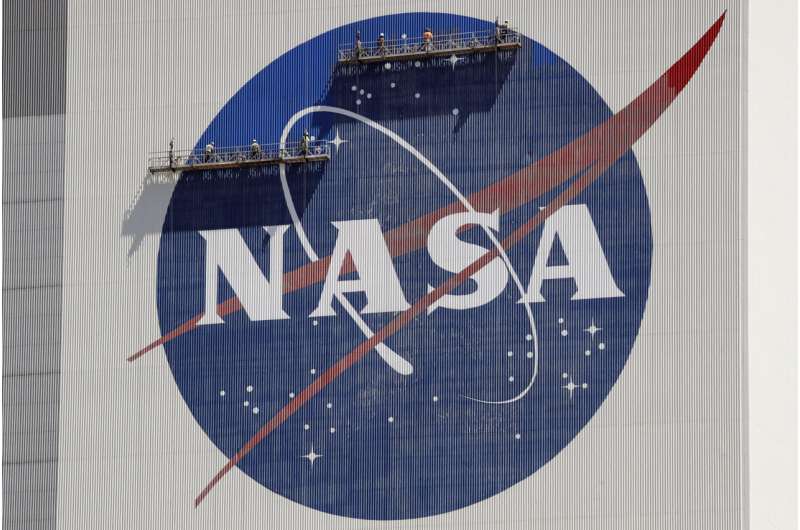
NASA releases UFO report and says more science and less stigma are needed to understand them
Thursday, 14 September 2023 13:39
NASA says more science and less stigma are needed to understand UFOs
Thursday, 14 September 2023 13:39
Webb snaps supersonic outflow of young star
Thursday, 14 September 2023 13:00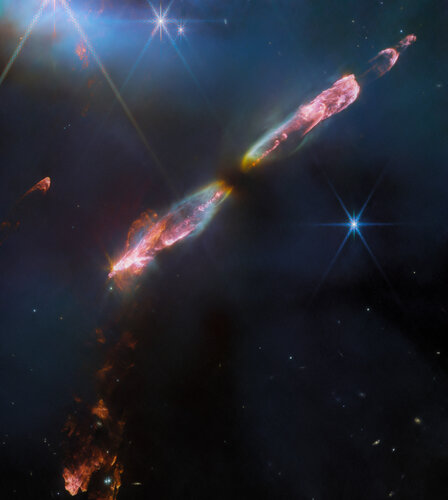 Image:
HH 211 (NIRCam image)
Image:
HH 211 (NIRCam image) Solar Orbiter closes in on the solution to a 65-year-old solar mystery
Thursday, 14 September 2023 12:00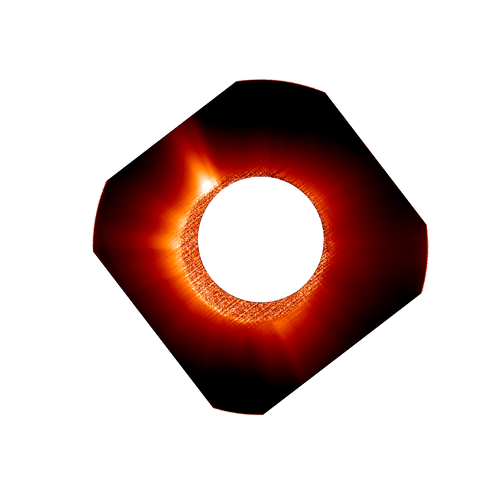
A cosmic alignment and a little bit of spacecraft gymnastics has provided a ground-breaking measurement that is helping solve the 65-year-old cosmic mystery of why the Sun’s atmosphere is so hot.
Sentinel-1 reveals shifts from Morocco earthquake
Thursday, 14 September 2023 10:34
Following the devastating earthquake that struck Morocco on 8 September, satellite data have been made available through the International Charter ‘Space and Major Disasters’ to help emergency response teams on the ground.
In addition, radar measurements from Europe’s Copernicus Sentinel-1 satellite mission are being used to analyse how the ground has shifted as a result of the quake, which will not only help in planning the eventual reconstruction but will also further scientific research.
Space Force keeping the ‘responsive launch’ dream alive
Thursday, 14 September 2023 10:18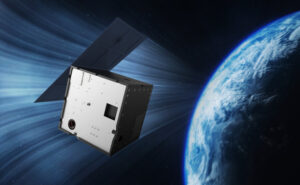

Satellite industry debates size of direct-to-device market
Thursday, 14 September 2023 09:09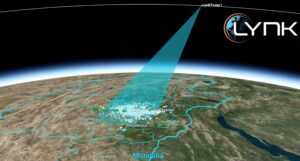
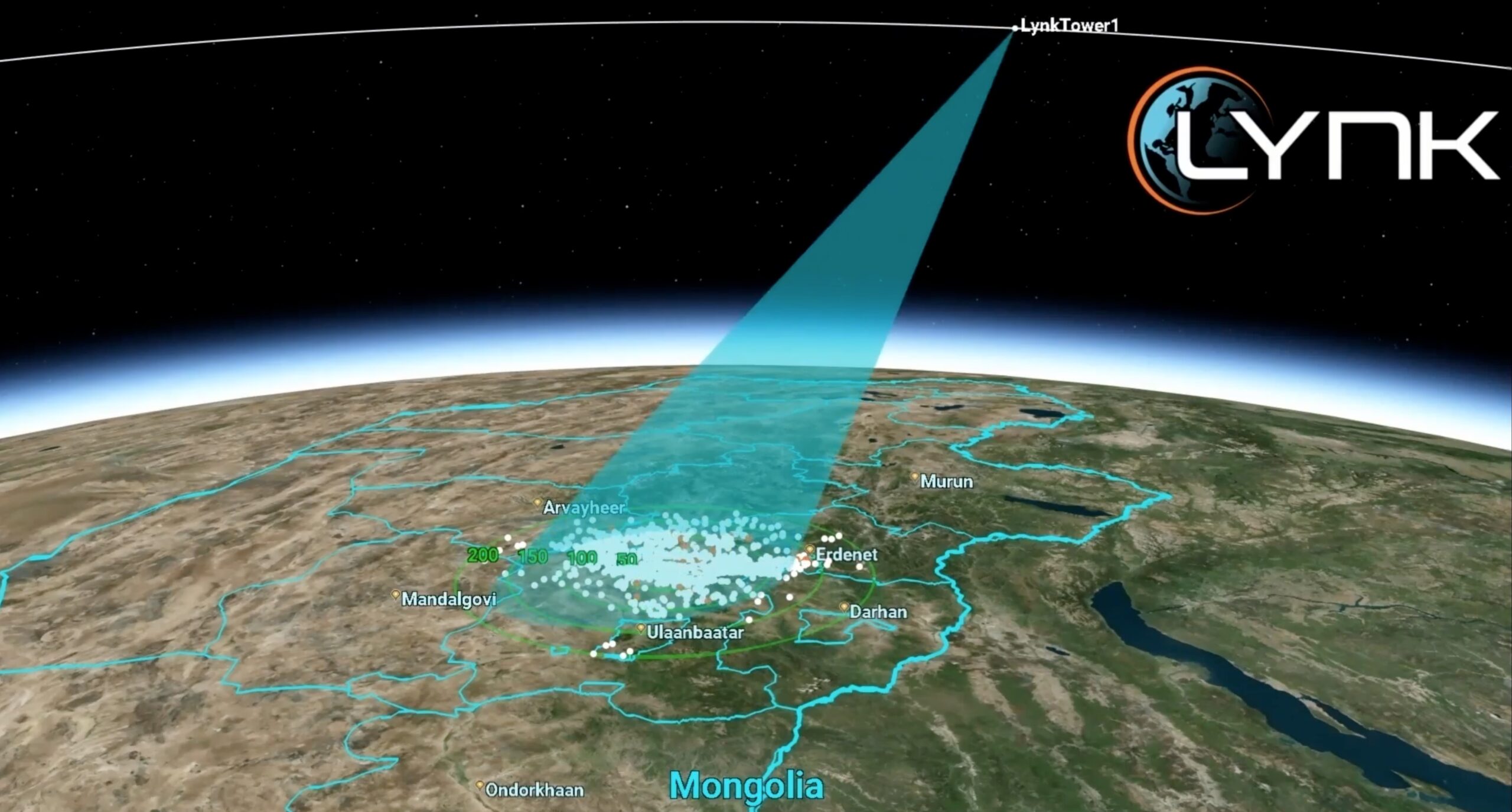
China’s military sets up new base for space domain awareness
Thursday, 14 September 2023 08:18
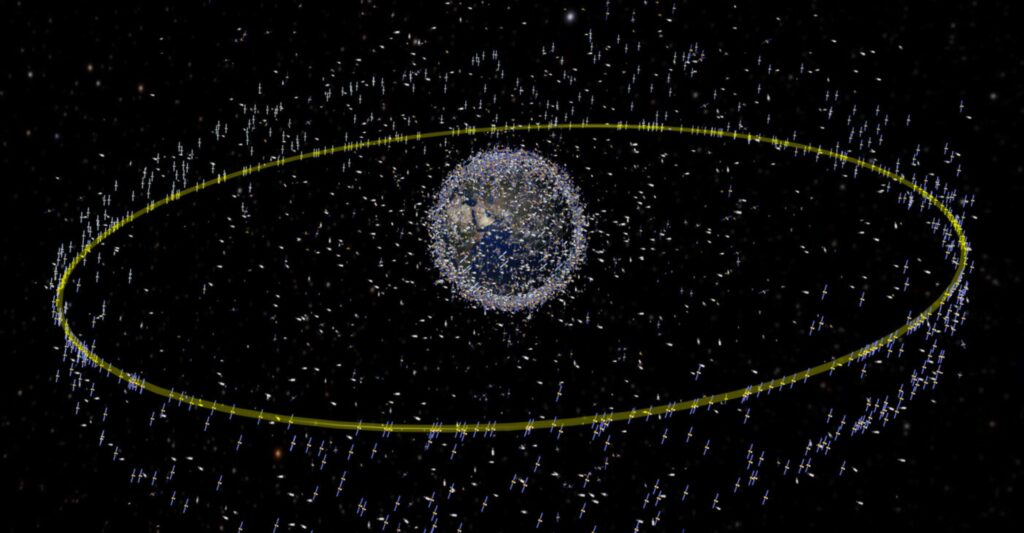
NASA to publish long-awaited UFO report
Thursday, 14 September 2023 06:50
NASA is set to release on Thursday the findings of a long-awaited study on unexplained flying objects in Earth's skies.
The US space agency announced last year it was reviewing evidence regarding unidentified anomalous phenomena, or UAPs—which has replaced the term "UFO" in official parlance.
The subject has long fascinated the public but was shunned by mainstream science.
An independent team of 16 researchers shared their preliminary observations in May, finding that existing data and eyewitness reports are insufficient to draw firm conclusions, while calling for more systematic collection of high-quality data.
It's unlikely Thursday's report will change that bottom line—but it could eventually usher in the start of a new mission for the agency.
Maduro says to send first Venezuelan to the Moon 'soon'
Thursday, 14 September 2023 06:50
Venezuelan President Nicolas Maduro has said his country could soon send its first astronauts to the Moon in a Chinese spacecraft, hailing Thursday a scientific cooperation agreement reached with President Xi Jinping.
Maduro arrived in Beijing on Tuesday after a tour of Shanghai and other Chinese cities, meeting Xi on Wednesday and agreeing to "upgrade" ties with Beijing.
Maduro announced during his meeting with Xi on Wednesday that the two countries had agreed to train young Venezuelan astronauts in China, with plans to eventually send them to the Moon.
A special task team "on scientific, technological, industrial and aerospace cooperation will sooner rather than later (send) the first Venezuelan man and woman to the moon in a Chinese spacecraft", Maduro said.
"Very soon, Venezuelan youth will come here to prepare as astronauts in Chinese schools," he said.
Maduro says Venezuelan astronauts could go to Moon in Chinese spaceship
Thursday, 14 September 2023 06:50
Venezuelan President Nicolas Maduro has said his country could soon send its first astronauts to the Moon in a Chinese spacecraft, hailing Thursday a scientific cooperation agreement reached with President Xi Jinping.
Maduro arrived in Beijing on Tuesday after a tour of Shanghai and other Chinese cities, meeting Xi on Wednesday and agreeing to "upgrade" ties with Beijing.
Maduro announced during his meeting with Xi on Wednesday that the two countries had agreed to train young Venezuelan astronauts in China, with plans to eventually send them to the Moon.
A special task team "on scientific, technological, industrial and aerospace cooperation will sooner rather than later (send) the first Venezuelan man and woman to the moon in a Chinese spacecraft", Maduro said.
"Very soon, Venezuelan youth will come here to prepare as astronauts in Chinese schools," he said.
HawkEye 360 reaches inflection point on path to profitability
Thursday, 14 September 2023 04:52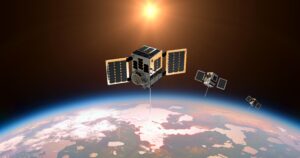

Rapid Starlink iteration poses challenges for resellers
Wednesday, 13 September 2023 22:11




